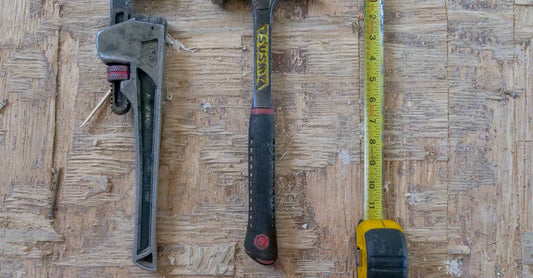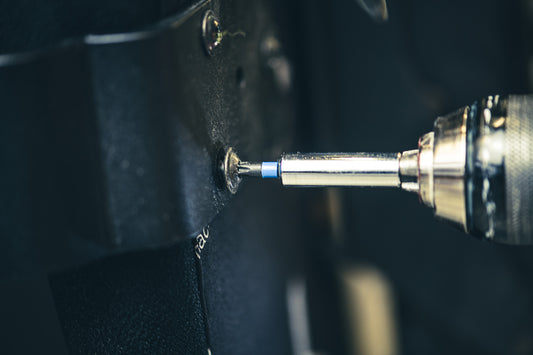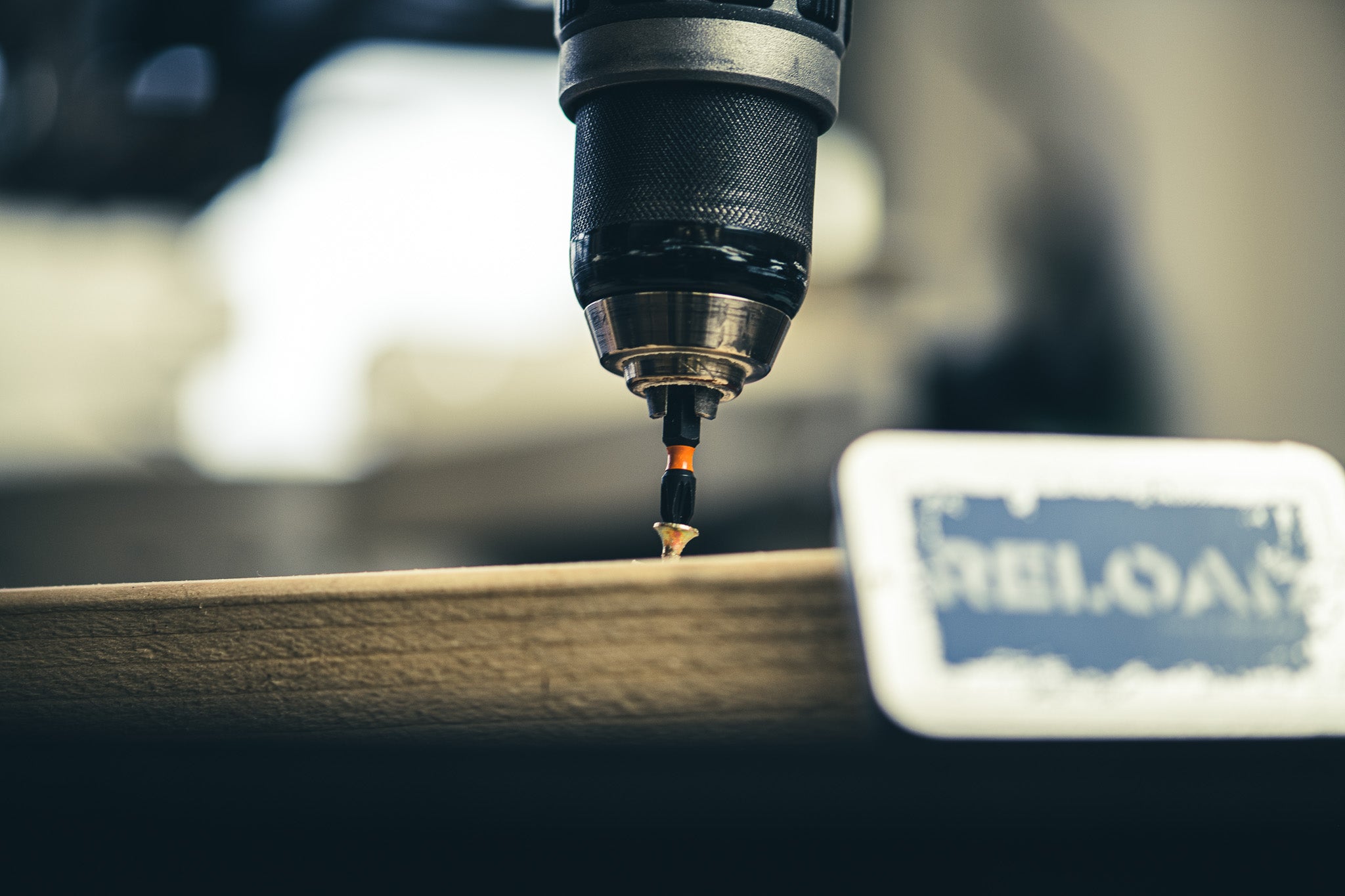tung 'n groov
Noun, Verb
A method of joining two pieces of wood or other material by cutting a groove along the edge of one piece and a tongue along the edge of the other piece.
Example usage: The carpenter used tongue and groove to join the two pieces of wood.
Most used in: North America and other English-speaking countries.
Most used by: Carpenters, joiners, and other tradespeople.
Popularity: 8
Comedy Value: 3
Also see: T&G, Tongue and Groove Joint, Interlocking Joint, Tongue and Groove Jointing,
Understanding the Basics of Tongue and Groove Construction
Tongue and groove construction is a type of carpentry joint that is used to connect two pieces of wood together. It is commonly used to create the walls and ceilings of rooms. The joint is made up of a tongue, which is a protruding edge on one board, and a groove, which is a slot cut into the edge of the other board. The tongue fits into the groove and is held in place with a series of nails or screws.
The tongue and groove joint is a simple and effective way of joining two pieces of wood together, and it is widely used in carpentry because of its strength and durability. According to the National Association of Home Builders, tongue and groove construction is the most popular way to build interior walls and ceilings in the United States, as it is strong and provides excellent sound insulation.
The tongue and groove joint is a great way to join two pieces of wood together, and it is widely used in carpentry because of its strength and durability. It is an important part of interior construction, and if you are looking to build a room, the tongue and groove joint is a great choice.
Where Did the Term 'Tongue and Groove' Come From?
The term 'tongue and groove' is used in carpentry to describe a technique used to join two pieces of wood together. This joint is made by cutting a groove along one edge of a piece of wood and a tongue along the other edge of the second piece of wood. The two pieces then interlock, creating a tight and secure joint.
The term 'tongue and groove' was first used in the early 1700s in England, where it was common for carpentry and joinery to be done by hand. The term was used to describe the technique of cutting a groove along one edge of a board and a tongue along the other edge, which would then fit together like two pieces of a jigsaw puzzle.
The technique of tongue and groove was then adopted by other countries, including the United States, where it quickly became a popular way to join two pieces of wood together. Today, tongue and groove is used in many different types of carpentry, from flooring to furniture making.
The term 'tongue and groove' is still used today to describe the technique of joining two pieces of wood together, and it is an essential part of carpentry and joinery. The term is now used around the world, and it is a testament to its longevity and effectiveness.




